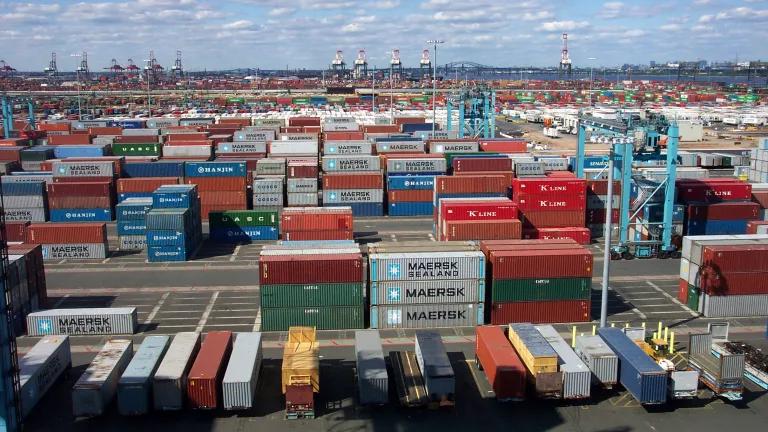Yesterday, President Obama announced a national goal to cut oil imports by one-third by 2025. The cheapest, cleanest and fastest way to not just reach but exceed the President’s goal is through clean energy policies, especially fuel efficiency and increased transportation options. We estimate that clean energy can cut oil imports by more than 40 percent by 2025 and avoid the need to drill for more oil to meet the President’s goal.
At about 11 million barrels per day (bbl/d) of oil imports, the President’s target of 33% reduction is equivalent to 3.7 million bbl/d. As described in an earlier blog, our analysis shows that oil savings strategy can save a total of 8 times more oil by 2030 than opening new areas to drilling. By 2025, our same analysis shows we can save 4.8 million bbl/d and reduce oil imports by about 44 percent, 30 percent more than the President’s plan. [Note: Based on Department of Energy projections, gross oil imports will remain roughly flat for the next two decades.]

Improving vehicle efficiency is the single biggest step the U.S. can take to reach an ambitious oil reduction goal. With aggressive standards for new cars and trucks and simple measures to promote fuel-saving tires, oil and aerodynamic long-haul truck fittings for existing on-road vehicles we can save 2.1 million bbl/d, over half of the President’s target. According to analysis by EPA, the Department of Transportation and the California Air Resources Board, a fleet average of 60 miles per gallon (mpg) in 2025 is achievable and cost-effective for consumers. The regulations in the works for proposal in September for 2017 to 2025 cars and light trucks are a critical opportunity to maximize oil savings.
The next biggest opportunity for oil savings is through policies that result in more transportation alternatives to driving alone in a car. Through better public transit and community planning we can make daily commutes and errands without a car. Based on measures identified in a landmark Moving Cooler study we could dramatically slow the growth in passenger car mileage to achieve a 20 percent reduction in mileage levels forecast by the Energy Information Administration (EIA) for 2025. Investing wisely in our communities and transportation infrastructure is a critical task for Congress as it considers reauthorization of the Transportation Bill.

In his speech yesterday, President Obama highlighted the role of alternative liquid fuels such as biofuels made from sustainable, non-food crops. For our analysis existing federal standards requiring the sale of renewable biofuels to 2022 are included in the baseline and therefore excluded from the savings. According to EIA projections, the U.S. will produce about 27 billion gallons of biofuels, displacing about 1.2 million bbl/d, in 2025. This projection falls short of cellulosic biofuel goals established through the Renewable Fuel Standard in 2007. We need to new policies to jumpstart commercial production of sustainable biofuels and move it out of the labs and into the marketplace.
Finally, we should seize opportunities to reduce oil demand in aviation, rail, marine and other non-highway transportation equipment as well in industrial processes and building heat. Efficiency measures in these areas could meet nearly a quarter of the President’s goal.
As our analysis demonstrates, we have the know-how to break our oil addiction and meet the President’s goal of reducing oil imports by one-third. The real question is whether we have the political will. Unfortunately some in Congress want to take us backwards by rolling back environmental protections and unnecessarily drilling for more oil. Let’s hope for the sake of economy, our environment and our future, they don’t succeed.



